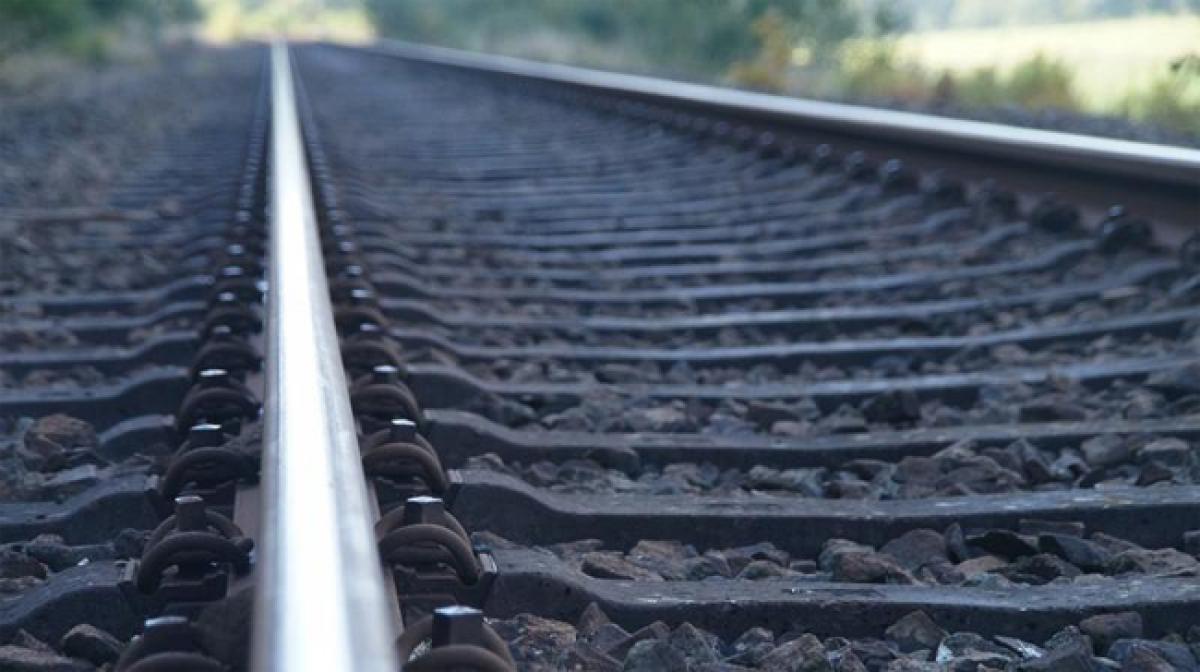Live
- GMR Airports Unveils AI-Powered Digital Twin Platform to Transform Airport Operations
- India poised to become leading maritime player: PM Modi
- Top Causes of Kidney Stones and How to Recognize Silent Symptoms
- India’s renewable energy capacity logs 14.2 pc growth at 213.7 GW
- Winter Session of Odisha Assembly adjourned sine die
- Biden calls Trump's tariff approach 'major mistake'
- After Drama Over Eknath Shinde’s Chief Minister Race, Maharashtra Cabinet Formation Faces New Tensions
- Egyptian FM, Blinken discuss recent developments in Syria
- Iran's supreme leader says Syria's developments result of US-Israeli 'plot'
- Elon Musk to Purchase $100 Million Luxury Mansion Next to Donald Trump's Mar-a-Lago, Report Reveals
Just In

Officials warned Washington DC area residents to brace for a potentially slow commute Monday after a CSX freight train derailed near a Metro stop, sending 14 cars off the tracks and spilling hazardous material.
Officials warned Washington DC area residents to brace for a potentially slow commute Monday after a CSX freight train derailed near a Metro stop, sending 14 cars off the tracks and spilling hazardous material.
The train derailed about 6:40 am Sunday near the Rhode Island Avenue Metro station and one of the cars leaked sodium hydroxide, which is used to produce various household products including paper, soap and detergents, CSX said.
No injuries were reported and no evacuations were ordered.
Mayor Muriel Bowser said no trains will be running on the tracks Monday and CSX couldn't say how long the cleanup might take.
"We understand that this a significant inconvenience to commuters and to this community so we're working as quickly as we possibly can with safety as the first priority," CSX spokeswoman Melanie Cost said.
Sodium hydroxide, also known as corrosive lye, is a chemical that can irritate and burn the skin and eyes. DC Fire and EMS Deputy Chief John Donnelly said officials believe about half of the 15,500 gallon tanker leaked into the rail bed and ground before it was plugged, but no problems have been reported.
"At this point all of the air monitoring has been good," Donnelly said.
Officials found that another derailed car had been leaking non-hazardous calcium chloride, CSX said. That leak has also been plugged, the company said.
A third car was slowly leaking ethanol from the base of a valve, the company said. Officials worked to re-seal the valve, and the spilled the ethanol has been contained.
It was not immediately clear what caused the derailment of the train, which was heading to Hamlet, North Carolina, from Cumberland, Maryland.
Crews were inspecting the tracks, which are used by CSX, the MARC commuter rail system and Amtrak. The Metro tracks are above and adjacent to the derailment site.
MARC officials said commuters should expect major services disruptions on the Brunswick Line Monday. MARC said trains likely won't operate past Silver Spring and urged residents to find an alternative way to get to work.
The Red Line's Rhode Island Station was also closed and Metro was reporting delays along that line. Metro officials said they hoped to have Red Line service fully restored Sunday evening.
Photos tweeted by DC Fire and Emergency showed cars in a zigzag line across the tracks.
Chris Nellum said he lives nearby and his window looks directly over the tracks.
"I thought it was like a semi-truck coming toward the building and when I looked out the window, I saw cars piling up," said Nellum, who had just moved in the night before. "So I'm not even used to hearing trains. It was jarring."
Nellum said his girlfriend tried to leave the area and was told to stay put, but she eventually found a way out.
"She's an environmentalist so she is very concerned about whatever is leaking," he said.
The CSX train had three locomotives and 175 cars, including 94 that were loaded with mixed freight, and 81 that were empty.

© 2024 Hyderabad Media House Limited/The Hans India. All rights reserved. Powered by hocalwire.com







